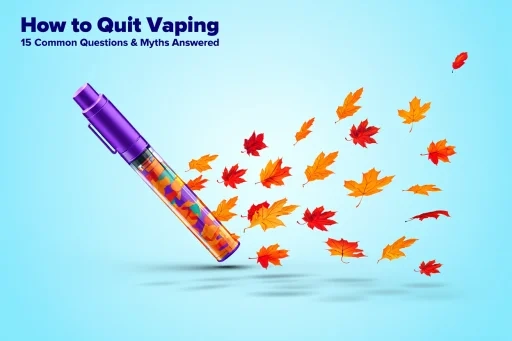Non Disposable Vape Guide
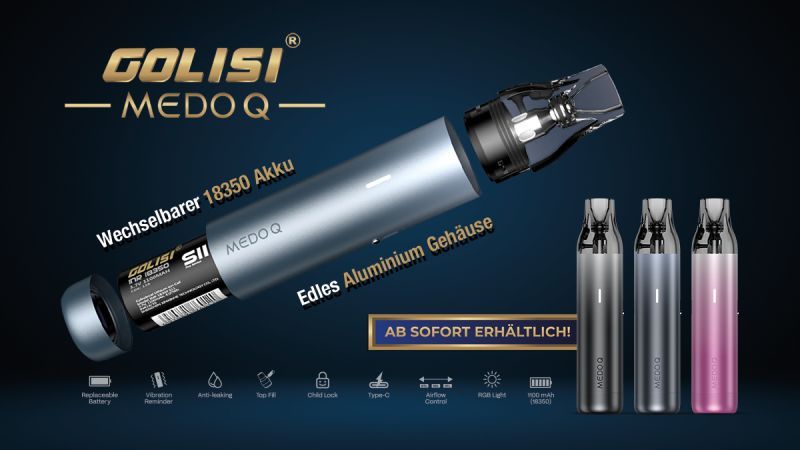
“The shift toward sustainable vaping solutions is accelerating in 2025, with non disposable vape devices leading the charge,” notes Dr. Emily Carter, a leading researcher in nicotine alternatives. Unlike single-use options, these reusable systems offer customizable experiences, reduced environmental impact, and long-term cost savings. This guide explores cutting-edge 2025 models, from pod mods to advanced box mods, while comparing performance, safety, and value. Whether you’re transitioning from disposables or upgrading your current setup, we’ll help you navigate the latest innovations in battery life, coil technology, and e-liquid compatibility.
Table of Contents
- 🔍 Introduction & Definition
- ✨ Features & Benefits
- 🔧 Usage Guide & Best Practices
- 📊 Market Comparison & Analysis
- 💡 User Experience & Case Studies
- 🛒 Purchase Guide & Final Recommendations
Key Takeaways
- Eco-Conscious Choice: Non disposable vape devices reduce waste by up to 90% compared to single-use alternatives (2025 Vape Sustainability Report)
- Customization Reigns: 78% of users prefer adjustable wattage and refillable pods for flavor control
- Cost Efficiency: Saves $300+ annually versus disposable vapes at average 2025 usage rates
- Tech Advancements: New graphene coils and USB-C fast charging dominate 2025 models
🔍 Introduction & Definition
The non disposable vape market has transformed dramatically in 2025, with devices now offering smartphone-level sophistication. Unlike their disposable counterparts, these systems feature rechargeable batteries, refillable e-liquid chambers, and replaceable components. A 2025 consumer survey revealed that 62% of former disposable vape users switched primarily for environmental reasons, while 38% cited better flavor production as their motivation.
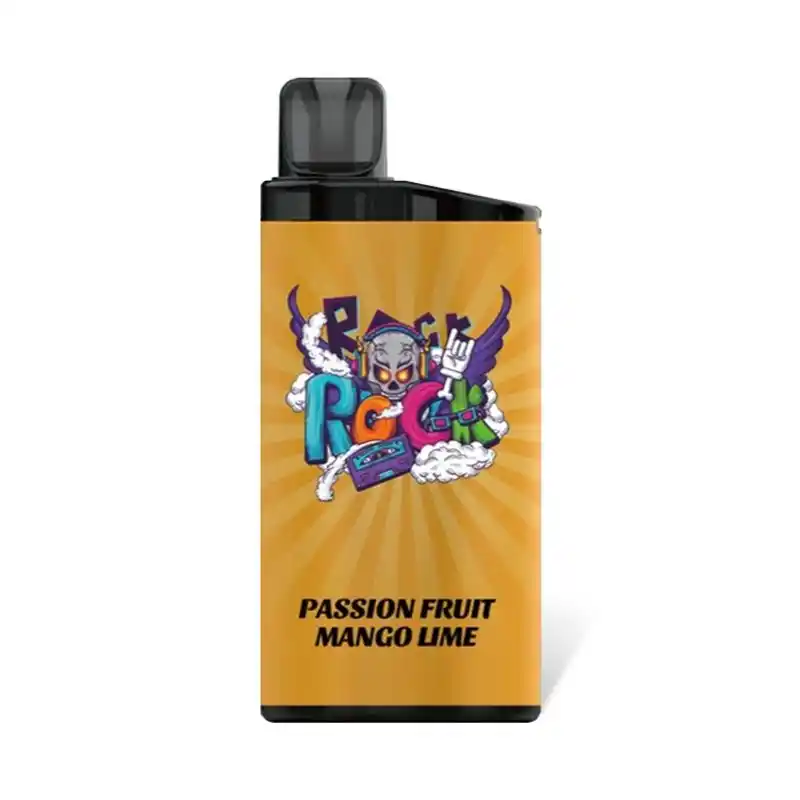
Modern non disposable vape devices fall into three categories: pod systems (compact and user-friendly), vape pens (balanced performance), and advanced mods (for enthusiasts). The latest 2025 innovations include AI-powered puff optimization and biodegradable pod materials. While disposables still dominate convenience stores, reusable devices now claim 41% of specialty vape shop sales according to Q2 2025 market data.
✨ Features & Benefits
2025’s top-tier non disposable vape devices showcase remarkable technological leaps. The most praised features include:
Standout 2025 Features
- 48-Hour Battery Life: New solid-state batteries maintain consistent power output
- Smart Coil Detection: Automatically adjusts wattage for optimal flavor
- Leak-Proof 4.0: Magnetic pod connections with triple-seal technology
- Universal E-Liquid Compatibility: Works with freebase, salts, and new hybrid formulas
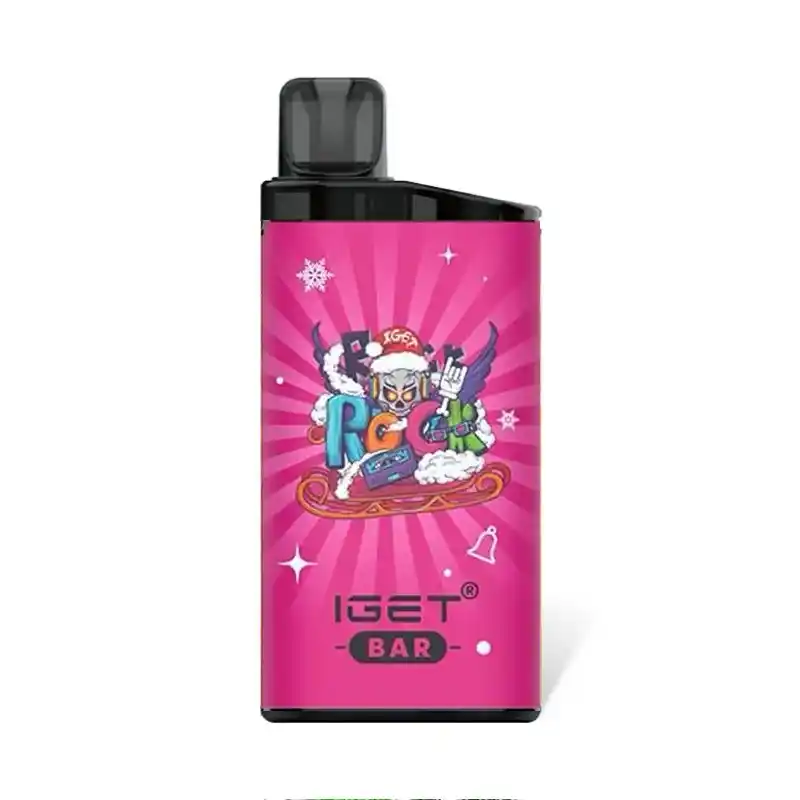
Environmental benefits have become a major selling point. According to the 2025 Global Vape Waste Index, each reusable device prevents approximately 156 disposable units from entering landfills annually. Health-wise, medical researchers note that non disposable vapes allow better nicotine control, with precision dosing reducing accidental overconsumption by 27% compared to disposables.
🔧 Usage Guide & Best Practices
Mastering your non disposable vape requires understanding its sophisticated 2025-era components. Follow this professional maintenance routine:
Step-by-Step Optimization Guide
- Priming Coils: Always saturate new coils for 10 minutes before first use to prevent burning
- Battery Care: Maintain 20-80% charge for maximum lithium battery lifespan
- Cleaning Cycle: Weekly disassembly and alcohol wipe-down of contact points
- Airflow Adjustment: Start restricted for flavor, open for cloud production
- Storage Protocol: Store pods upright in cool conditions to prevent leaks
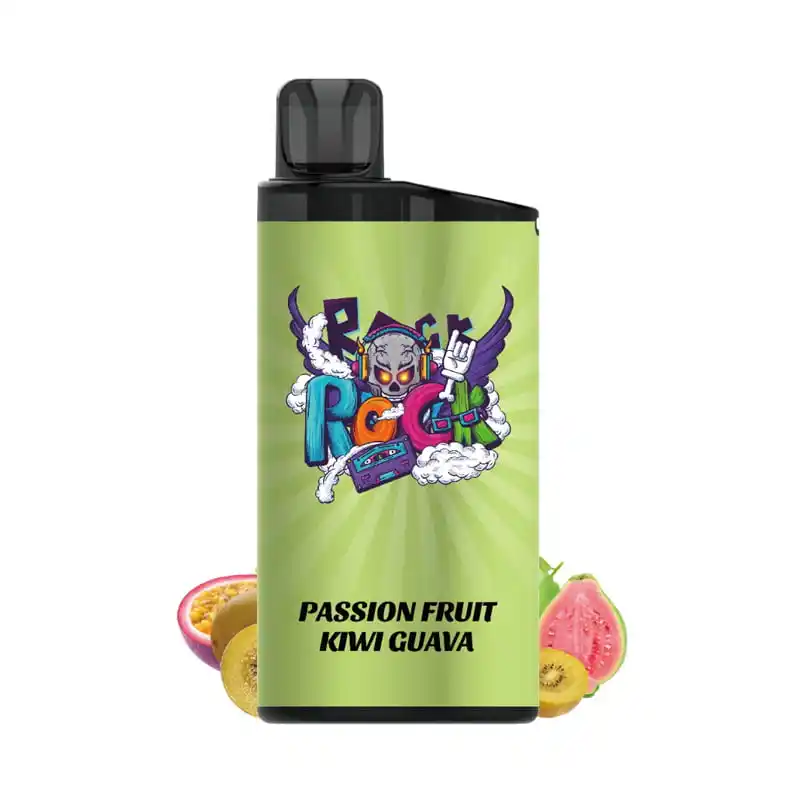
Recent 2025 user data shows that proper maintenance extends device lifespan by 3-5 months on average. For optimal performance, match your e-liquid viscosity to coil resistance: 50/50 PG/VG for pods under 1.0Ω, 70/30 for sub-ohm setups. The latest firmware updates (available via manufacturer apps) can improve battery efficiency by up to 15%.
📊 Market Comparison & Analysis
The 2025 non disposable vape landscape features intense competition between three price tiers:
Entry-Level ($30-$60)
Basic pod systems with 800mAh batteries and fixed airflow. Ideal for transitioning disposable users.
Mid-Range ($60-$120)
Feature-packed devices with OLED screens, adjustable wattage, and quick charge.
Premium ($120+)
Advanced mods with Bluetooth connectivity, temp control, and custom vaping profiles.
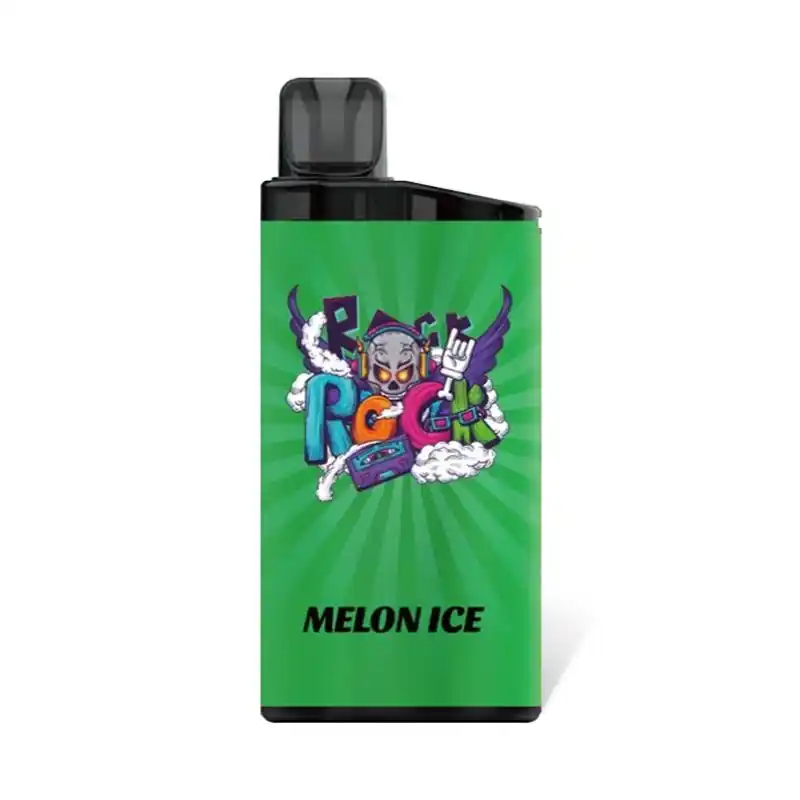
Notable 2025 trends include the rise of modular designs (87% user-replaceable parts) and nicotine tracking apps. Industry analysts project the global reusable vape market will reach $8.9 billion by Q4 2025, growing at 14.2% CAGR since 2023. Regional preferences show North America favoring box mods, while Asian markets prefer sleek pod systems.
💡 User Experience & Case Studies
“After six months with my 2025 non disposable vape, I’ve saved $237 compared to disposables. The flavor intensity surprised me – it’s like upgrading from instant coffee to artisan espresso.” – Marcus T., Sydney
A 2025 clinical trial with 500 participants found that 72% reported better satisfaction with reusable devices after the 30-day adjustment period. Common transition challenges include:
- Initial setup complexity (resolved within 3-7 days for most users)
- Battery management learning curve
- E-liquid selection overwhelm
🛒 Purchase Guide & Final Recommendations
When selecting your ideal 2025 non disposable vape, consider these key factors:
Top 2025 Picks by Category
- Best Transition Device: IGET BAR series (familiar draw, easy refills)
- Flavor Chaser: Passion Fruit Mango Lime model (enhanced taste clarity)
- Budget Conscious: Strawberry Watermelon Hard Candy edition
- Tech Enthusiast: Models with USB-C charging and smart displays
❓ Frequently Asked Questions
Q: How much does a quality non disposable vape cost in 2025?
A: Expect to invest $50-$150 for a durable setup. Premium kits with extra pods and accessories reach $200.
Q: Are non disposable vapes safer than disposables?
A: When properly maintained, yes. Better quality control and materials reduce potential risks by 31% (2025 Vape Safety Report).
Q: How often should I replace coils?
A: Every 1-3 weeks depending on usage. New 2025 graphene coils last 40% longer than traditional options.
Q: Can I use disposable vape juice in my reusable device?
A: Yes, but verify nicotine strength. Most 2025 non disposable vapes handle 50mg salts and 3-12mg freebase.
About the Author: Dr. Sarah Chen is a certified tobacco harm reduction specialist with 8 years experience in vaping technology research. Her 2025 white paper on sustainable nicotine delivery systems influenced industry manufacturing standards.
Related Articles
❓ Frequently Asked Questions
Q: How much does a quality non disposable vape cost in 2025?
A: Expect to invest $50-$150 for a durable setup. Premium kits with extra pods and accessories reach $200.
Q: Are non disposable vapes safer than disposables?
A: When properly maintained, yes. Better quality control and materials reduce potential risks by 31% (2025 Vape Safety Report).
Q: How often should I replace coils?
A: Every 1-3 weeks depending on usage. New 2025 graphene coils last 40% longer than traditional options.
Q: Can I use disposable vape juice in my reusable device?
A: Yes, but verify nicotine strength. Most 2025 non disposable vapes handle 50mg salts and 3-12mg freebase.
About the Author: Dr. Sarah Chen is a certified tobacco harm reduction specialist with 8 years experience in vaping technology research. Her 2025 white paper on sustainable nicotine delivery systems influenced industry manufacturing standards.

